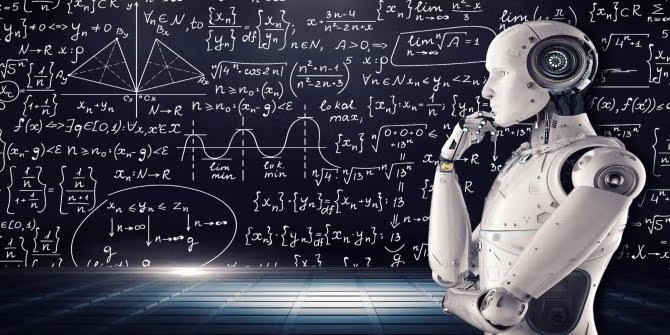
Students will use a Sphero bot to collect data on the actual speed of the Sphero bot and use the data to make predictions as to how far the bot will travel in a given time frame.

Investigative Phenomenon: When subjected to identical forces, a golf ball and a table tennis ball exhibit distinct movement. In this lesson, students discover: 1. Equivalent force may result in varied

This lesson takes a student's understanding of both light and sound to the next level. In this lesson, students will use their understanding of both art, science and technology to create a visual and
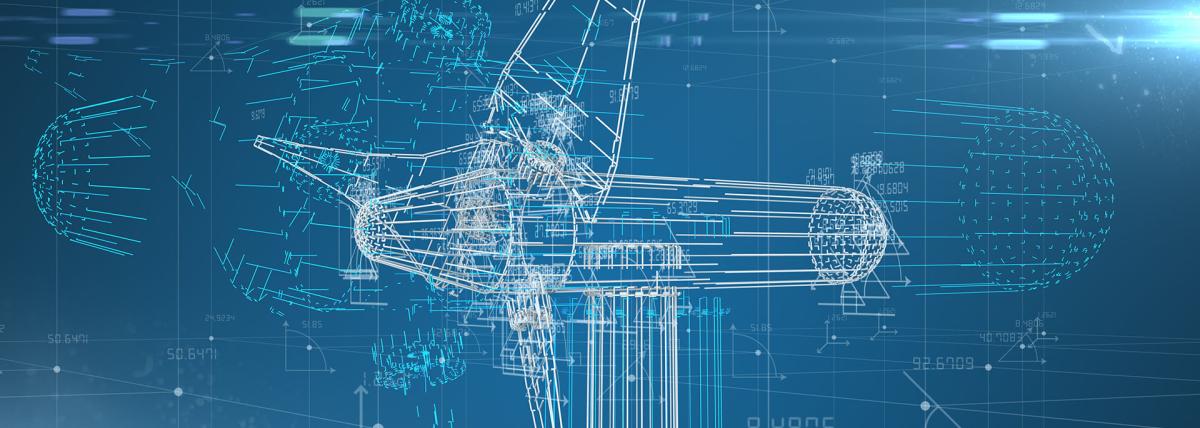
In this high school science/engineering lesson on exploring cracked steel, students will delve into the concept of cracked steel and its impact on structural integrity. They will define composites and

In this project, students will create a professional blueprint of their real-life home. Students will then do research to find at least ten places in the home that impact the environment (positive or
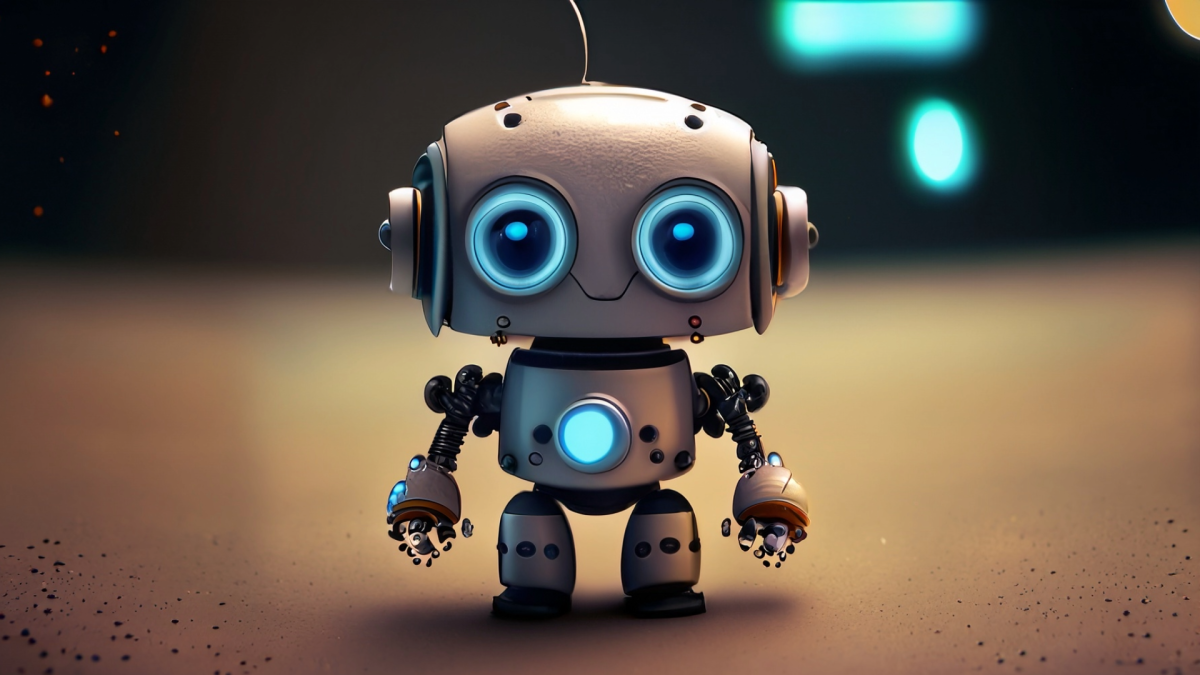
This lesson combines ELA (reading and discussing the story), engineering (design a balloon with materials given and attach the balloon to an EdBot), and technology (code an EdBot to run the parade

In this hands-on lesson, students will attempt two builds. Students will identify weaknesses and strengths in both of their structures. They will then evaluate the effectiveness of their builds.

Just like many things we do in our lives, pumpkin growth and coding follow a pattern. Students will learn the life cycle of a pumpkin and fill in a practice page that talks about the pumpkin's life

I use this lesson as a fun activity to visualize unit conversions and the immense scale of the universe. I love this lesson because I find it challenging to teach unit conversions with hands-on

Students will use engineering, art, technology, and 21st century skills to create Halloween costumes for their Sphero robots. Costumes will be showcased in a Halloween parade where students will code

A coding activity for the STEM teacher that has to participate in Literacy Night at school! This activity/lesson will introduce students to coding as a fundamental element of literacy and ties in well

Get ready to learn about density! This is a density lab involving hot and cold-water layering, salt density layers, and a PHET online lab simulation.

This lesson provides a quick and easy to understand introduction to Binary code. In this lesson, we focus on binary numbers whereas, subsequent lessons can focus on the binary alphabet.
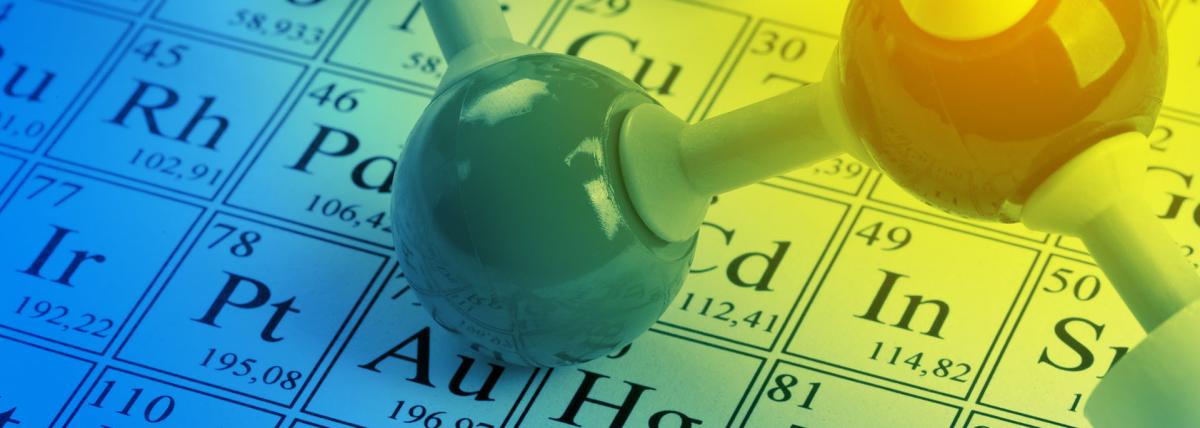
Students observe particle movement for solids, liquids, and gases. They then write Pseudocode for coding particle behavior and then they code particle movement on Scratch for the three states/phases

Students will be divided into 6 groups, one for each of the major systems in the human body, and create a presentation to share with the rest of the class.

In this lesson, students will learn about Indi the robot and collaboratively solve addition problems using critical thinking and problem-solving skills. They will then become detectives to solve the

In this lesson, students will learn about Indi the robot. They will collaborate with their peers and use problem-solving skills and critical thinking to learn about coding and how to create an

"Hatchet" by Gary Paulsen is a novel about a young boy named Brian Robeson who is stranded in the Canadian wilderness after a plane crash. While the book doesn't explicitly teach STEM principles, it
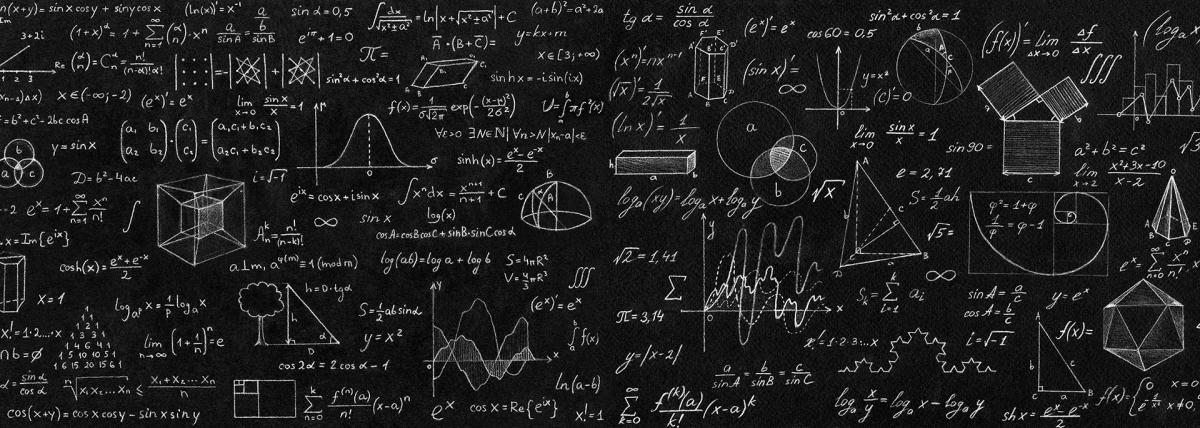
In this lesson students will discover the best angle that will produce the fastest speed for a hot wheel vehicle when traveling 1 meter. Students will also practice calculating speed (speed=distance

Students will be able to understand proportional relationships with rescaling a drawing. Students will be able to draw a reduced scale drawing and enlarged scale drawing in the end. Students will also

This lesson is used to introduce our unit on Energy in a 9th grade physics course; however, it can be adapted to various grade levels and contents. It can be completed over 1–3 days, depending on your

The students will create an interactive diorama using the Hummingbird Robotics kit on Natural Disasters. The students will choose their Natural Disaster that they want to bring to life, complete a

Welcome to Robot Relays, Part 2! In this engaging lesson, students program and maneuver Edison Robots through student-made relay courses. This is the 2nd lesson is a series of 2.

Welcome to Robot Relays: Construct the Course! In this engaging lesson, students will apply the engineering process to create a series of relay challenges for their robots.


